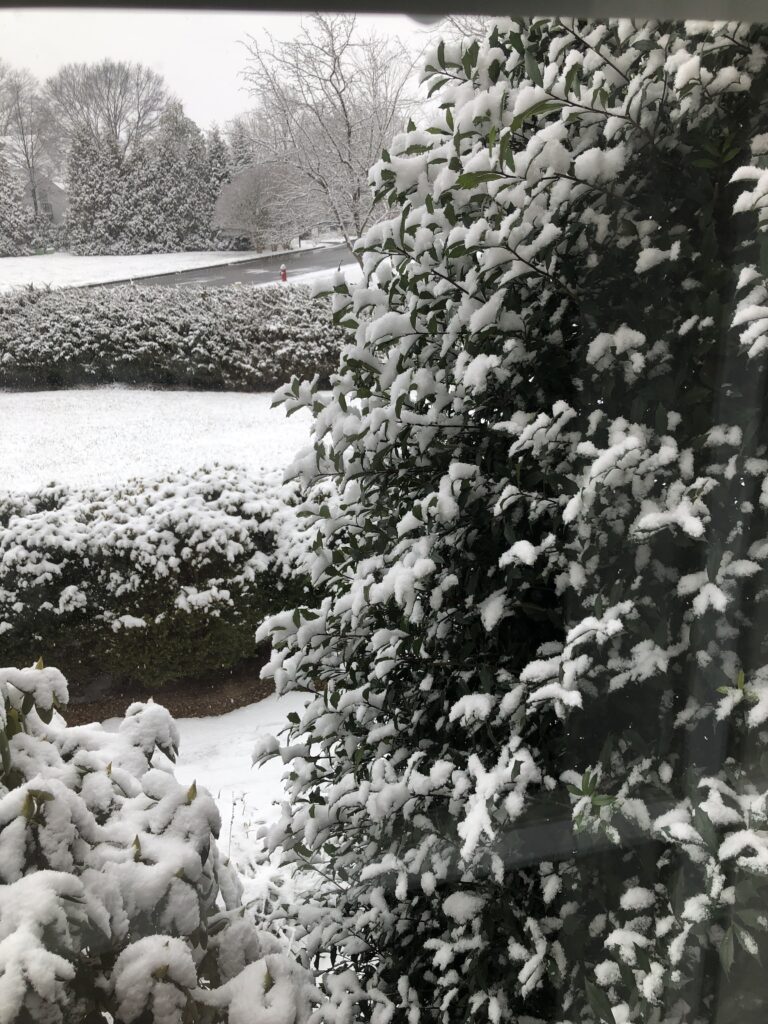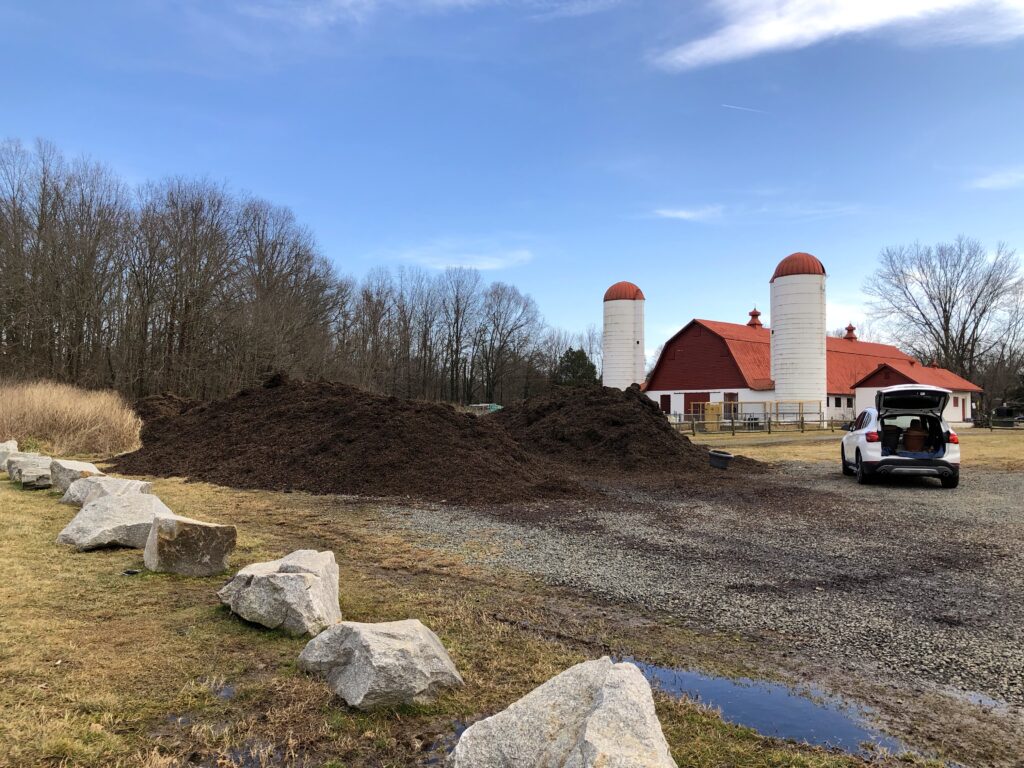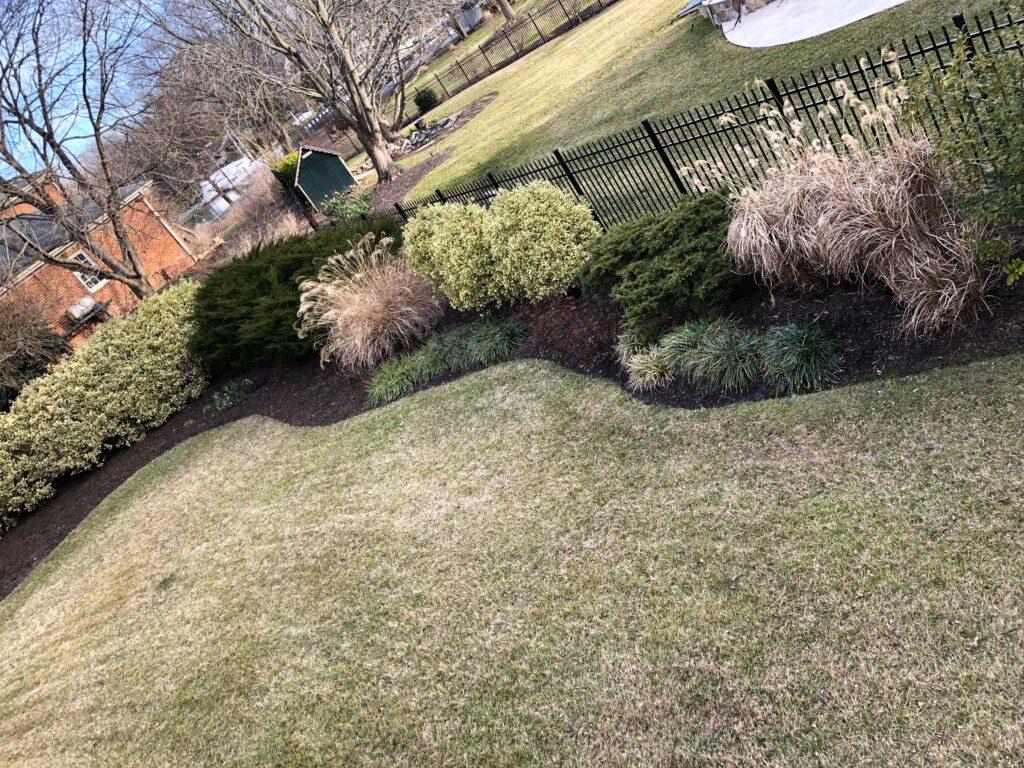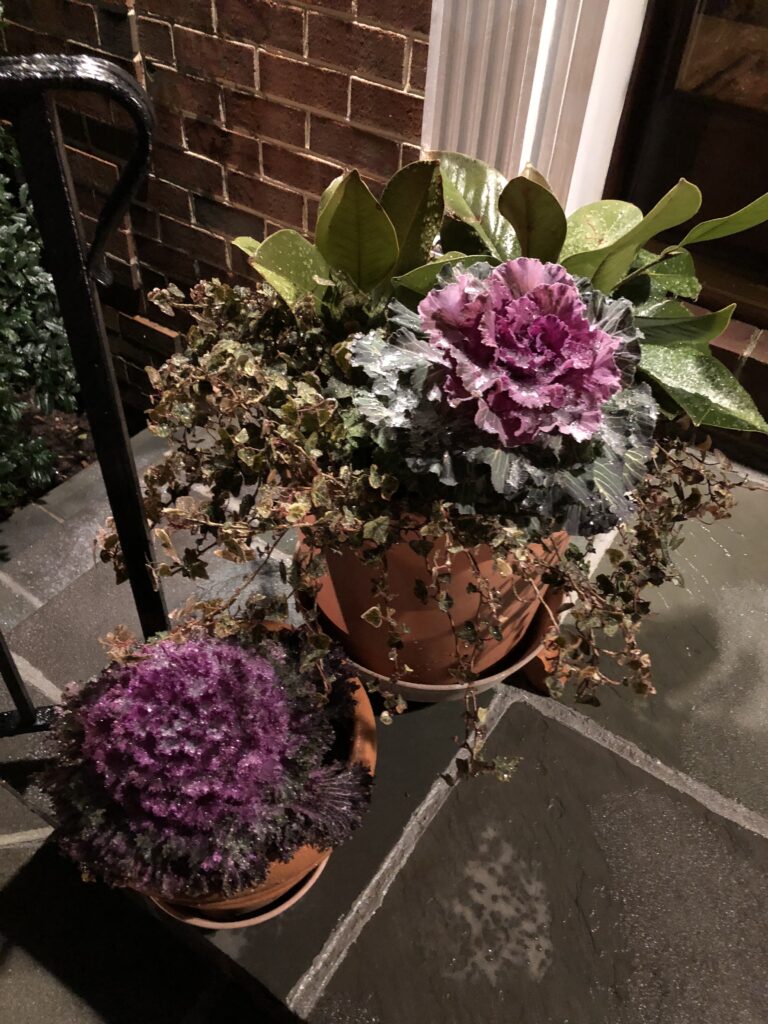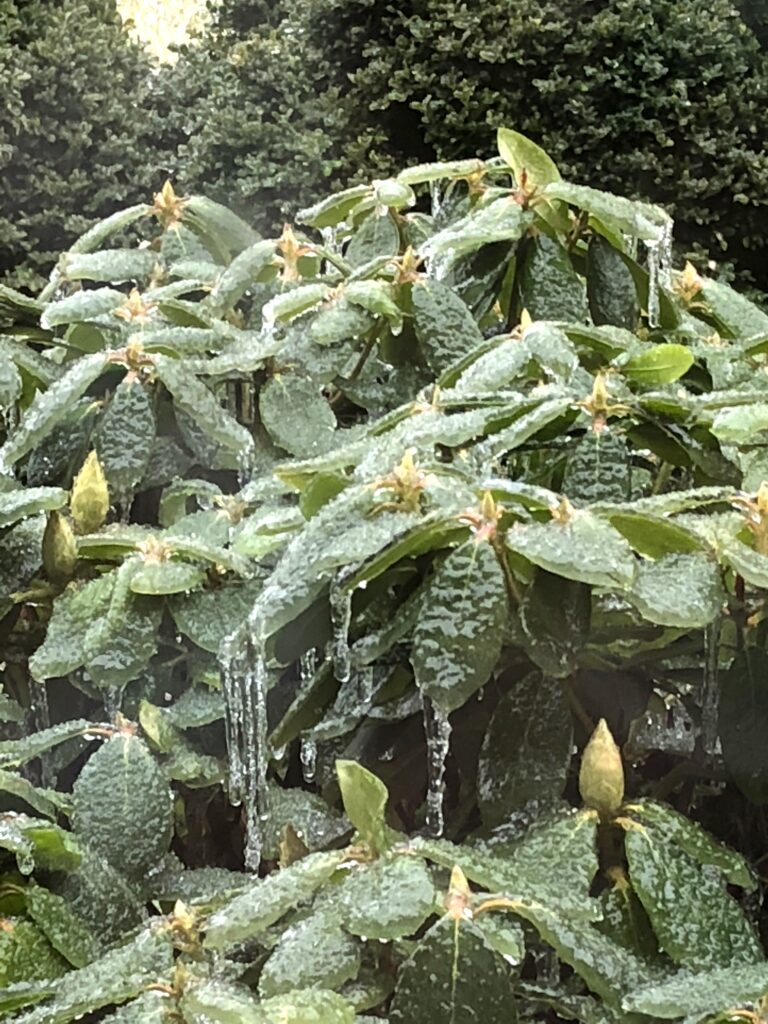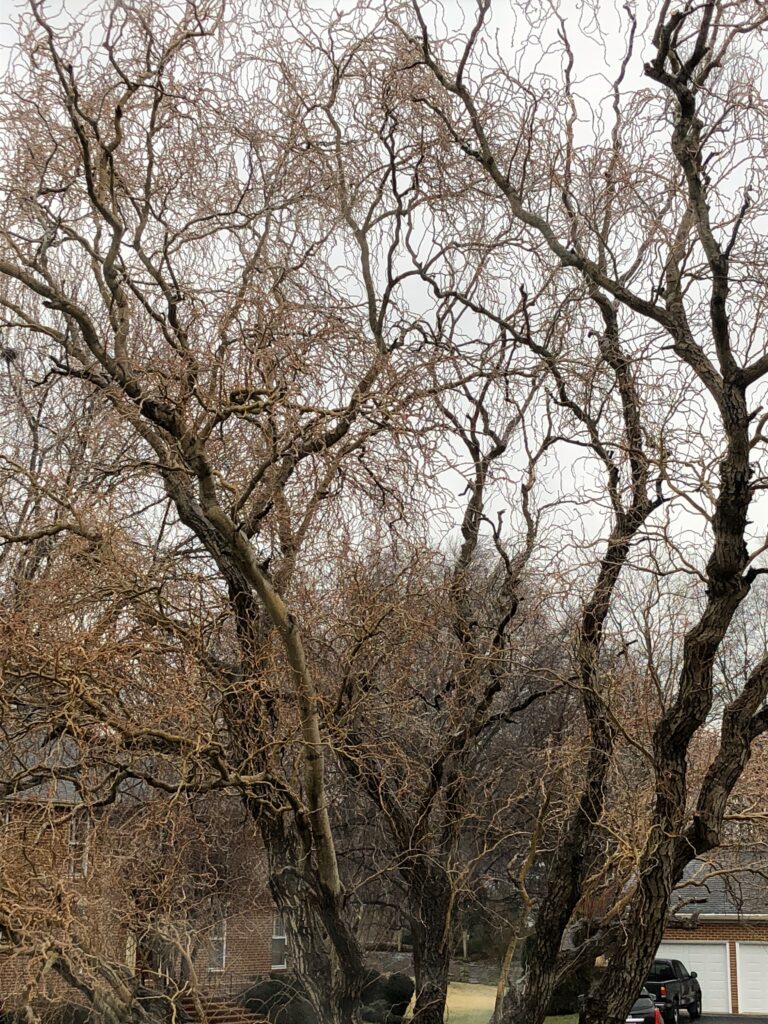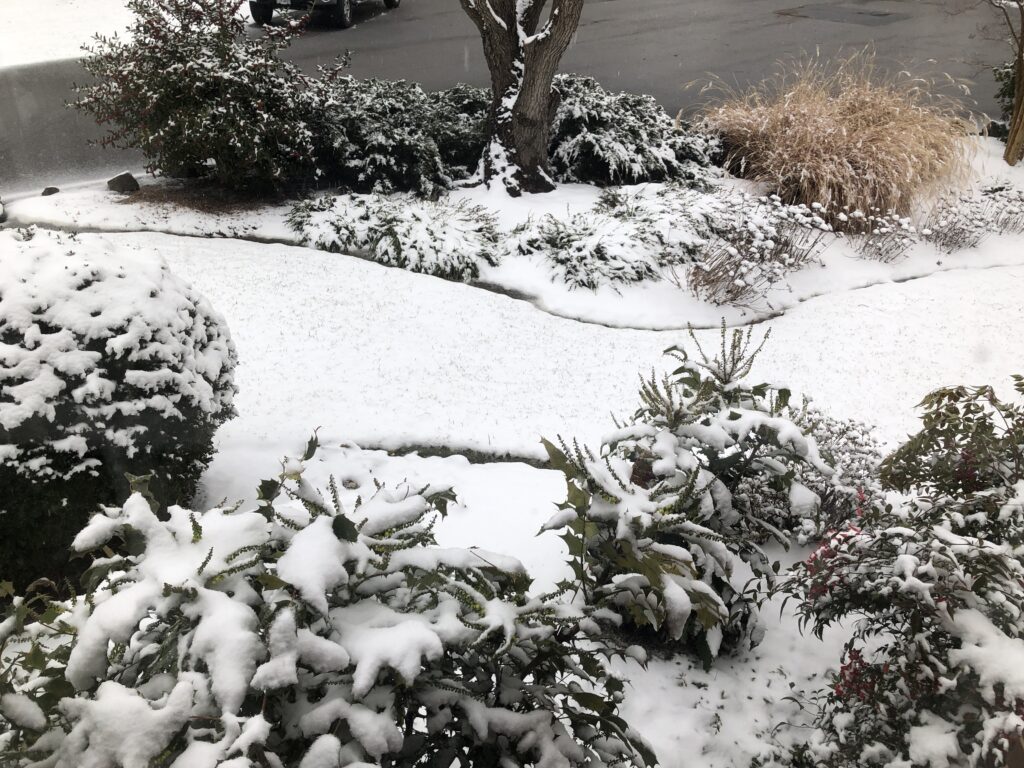Social Buttons by Linksku
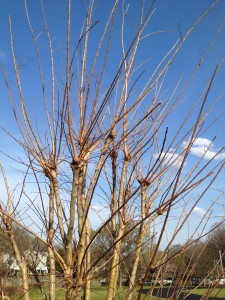
An example of a stump cut dormant Crepe Myrtle. When this is done year after year you end up with a deformed looking tree that is prone to wind damage when in bloom.
I don’t usually start off a blog in such a negative way, but there are certain practices out there which need to be stopped, and many of these occur in the spring. I recently have seen many timely articles about the annual ritual of hacking off the top half of Crepe Myrtle trees. One in particular hit the nail on the head, titling it “Crepe Murder.” This practice involves stump cutting the entire tree down to a certain height. It is very unattractive and unnatural-looking when the foliage is gone, namely all winter, and when done year after year, you end up with knobby branches. To me, this sort of looks like the painful joints of an arthritic person. I have seen many pear trees mutilated in the same way. Many people do this because they see paid gardeners do this and unsuspectingly think it’s the right thing to do.
Tip — The proper way to keep a Crepe Myrtle trimmed is to cut the branches at the base of the branch, just like you do for most other plants. This will maintain the proper branching structure and keep it natural.
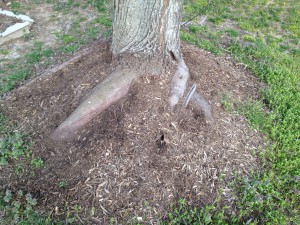
This is what happens to trees which have had the mulch piled too high, "mulch volcano" style. The roots are struggling to receive water and nutrients growing toward the surface, instead of downward where they are needed for stability.
Another really bad practice that I would like to caution against is the “Mulch Volcano.” This is when the mulch is piled really high around the base of a tree with a dip in the center where the trunk comes out from the dirt. Many so called “professional” gardening crews do this as a standard practice, and so again many gardeners follow suit, thinking it is correct. In fact, it will actually kill the tree, choking off all rain and nutrients from ever reaching the poor root system. The example to the right shows what happens to them if they don’t die. Notice how the roots will try to grow upwards to the surface in order to reach moisture. This can cause a host of new issues to deal with, such as the roots protruding out of the dirt compromising their stability, and causing them to be easily harmed during mowing. Also, it makes the roots easy to trip over if you are walking under the tree.
Another item that I would like to caution about is spraying weed killer. If it is not a completely windless day, the mist can carry quite a distance killing everything along the way. The best tip I have come across is to dip a sponge in the herbicide and lightly touch it to the weeds you want taken out. For a large area, such as killing the grass for a new garden bed, apply it with a paint roller. Quick and easy!
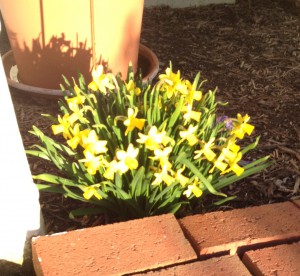
When daffodils and other bulbs have finished blooming, deadhead the spent blooms but leave the foliage for at least a month before cutting it down. This will ensure a beautiful and healthy display the following Spring.
One more quick don’t- when your daffodils and other bulbs have finished blooming for the season, don’t cut the foliage to the ground just yet. Go ahead and remove the dried up blooms, but leave the foliage until the green color fades. This is how the bulb replenishes itself with nutrients for the following spring, so it’s important to allow the leaves to soak in the rain and sun for an extra month or so.
 Social Buttons by Linksku
Social Buttons by Linksku
